- Choosing the Right Seeds for Your Garden
- 1. Plant Type and Growth Conditions
- 2. Seasonality
- 3. Quality and Freshness
- 4. Organic or Non-Organic
- 5. Adaptability to Your Climate
- 6. Personal Preferences
- Preparing Your Garden for Seed Planting
- 1. Clear the Area
- 2. Test the Soil
- 3. Loosen the Soil
- 4. Add Compost or Organic Matter
- 5. Create Mounds or Raised Beds (Optional)
- 6. Provide Adequate Watering
- 7. Plan for Sunlight
- When to Plant Azarina Seeds
- Seed Planting Techniques for Optimal Growth
- 1. Prepare the soil
- 2. Moisture
- 3. Planting depth
- 4. Spacing
- 5. Covering the seeds
- 6. Labeling
- 7. Protecting and nurturing
- 8. Regular maintenance
- Providing the Ideal Growing Conditions for Azarina
- 1. Sunlight
- 2. Soil
- 3. Watering
- 4. Fertilizer
- 5. Mulching
- 6. Pruning
- 7. Pest and Disease Control
- Caring for Azarina Seedlings
- 1. Watering
- 2. Providing Adequate Light
- 3. Temperature and Humidity
- 4. Fertilizing
- 5. Transplanting
- 6. Mulching
- 7. Pest and Disease Control
- 8. Support and Pruning
- Common Challenges and How to Overcome Them
- Poor Germination Rate
- Pests and Diseases
- Competition from Weeds
- Inconsistent Watering
- Insufficient Sunlight
- Harvesting Azarina Seeds for Future Planting
- When to Harvest
- Tools Needed
- Harvesting Technique
- Seed Cleaning
- Seed Storage
- Seed Viability
- In Conclusion
- Questions and Answers:
- What are some expert tips for growing plants from seeds in my garden?
- How should I start seeds indoors?
- What is the ideal light and heat conditions for growing seeds?
- How important is using good quality soil for growing seeds?
- How often should I water the seeds?
- When can I transplant the seedlings into my garden?
- What are some common mistakes to avoid when growing plants from seeds?
- Videos: This Technique of Starting Seeds Will Change Your Life
Are you ready to take your gardening skills to the next level? Look no further than Azarina, the go-to guide for growing plants from seeds in your garden. Whether you’re a seasoned gardener or just starting out, this comprehensive guide will provide you with expert tips and techniques to ensure success.
From choosing the right seeds to nurturing them into beautiful, thriving plants, Azarina covers it all. With step-by-step instructions and detailed illustrations, you’ll learn how to sow seeds, provide the ideal growing conditions, and care for your plants as they develop.
But Azarina goes beyond basic gardening knowledge. You’ll also discover insider tips from experienced gardeners, who share their secrets for maximizing yield and producing healthy, vibrant plants. Learn how to prevent common problems, such as pests or diseases, and how to identify and address issues that arise.
Whether you’re interested in growing vegetables, herbs, or flowers, Azarina has you covered. With a wide range of plant varieties and growing techniques, this guide caters to all gardeners, no matter their preferences or experience level. So grab your gardening gloves and get ready to cultivate your own little piece of paradise with Azarina!
Choosing the Right Seeds for Your Garden
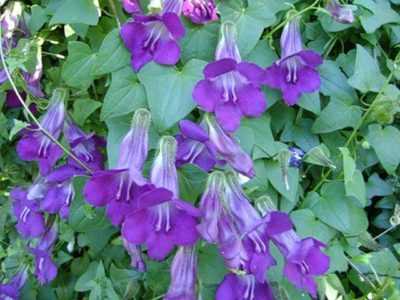
When it comes to growing from seeds in your garden, choosing the right seeds is essential for a successful harvest. Here are some factors to consider when selecting seeds for your garden:
1. Plant Type and Growth Conditions
Firstly, consider the type of plants you want to grow in your garden. Whether it’s vegetables, flowers, or herbs, each plant has different growth requirements. Some plants thrive in full sun, while others prefer partial shade. Make sure to choose seeds that are suitable for the specific growing conditions in your garden.
2. Seasonality
Another important factor is the seasonality of the seeds. Some plants are better suited for spring or fall planting, while others can be planted year-round. Check the seed packets or consult a gardening guide to determine the best time to plant the seeds for optimal growth.
3. Quality and Freshness
Always choose high-quality seeds that are fresh and viable. Look for seeds that are plump, firm, and free from damage or discoloration. Avoid using old or expired seeds, as they may have a lower germination rate and result in poor plant growth.
4. Organic or Non-Organic
Consider whether you want to grow plants from organic or non-organic seeds. Organic seeds are produced without the use of synthetic chemicals or genetically modified organisms (GMOs). If you prefer to grow plants using organic methods, look for seeds that are certified organic.
5. Adaptability to Your Climate
Make sure to choose seeds that are adapted to your specific climate and growing zone. Different plants have different temperature and climate requirements, so it’s important to select seeds that can thrive in your local conditions. Consult a gardening guide or talk to local experts for advice on suitable seeds for your area.
6. Personal Preferences
Lastly, consider your personal preferences in terms of taste, color, and fragrance. Choose seeds for plants that you enjoy eating or looking at, as this will make gardening a more fulfilling experience for you.
By considering these factors and selecting the right seeds for your garden, you can increase your chances of a successful and bountiful harvest.
Preparing Your Garden for Seed Planting
Before you start planting seeds in your garden, it’s important to prepare the soil and create optimal growing conditions for your plants. Follow these steps to make sure your garden is ready for seed planting:
1. Clear the Area
Begin by clearing the area where you plan to plant your seeds. Remove any weeds, rocks, or debris that may interfere with the growth of your plants. This will provide a clean and fertile space for your seeds to thrive.
2. Test the Soil
It’s a good idea to test the soil before planting your seeds to ensure it has the proper pH level and nutrient composition. You can use a soil testing kit or send a sample to a local gardening center for analysis. Based on the results, you may need to amend the soil with organic matter or adjust the pH to create the ideal growing conditions for your seeds.
3. Loosen the Soil
Loosen the soil in the planting area to allow for easy root penetration and water absorption. Use a garden fork or a tiller to break up any compacted soil and create a loose, crumbly texture. This will help the seeds establish strong root systems and access the nutrients they need to grow.
4. Add Compost or Organic Matter
Incorporate compost or organic matter into the soil to improve its fertility and structure. This will provide essential nutrients to your plants and promote healthy growth. Spread a layer of compost or well-rotted manure over the planting area and use a garden fork or shovel to mix it into the top few inches of soil.
5. Create Mounds or Raised Beds (Optional)
If you have heavy clay or poorly-drained soil, consider creating mounds or raised beds for your seed planting. This will provide better drainage and prevent waterlogging, which can be detrimental to seed germination and plant growth. Use a hoe or shovel to shape the mounds or construct raised beds, and ensure they are leveled and have even slopes.
6. Provide Adequate Watering
Prior to seed planting, make sure your garden has a reliable water source and a proper irrigation system. Seeds need consistent moisture to germinate and establish themselves. Consider installing a drip irrigation system or setting up a sprinkler to provide regular water supply throughout the growing season.
7. Plan for Sunlight
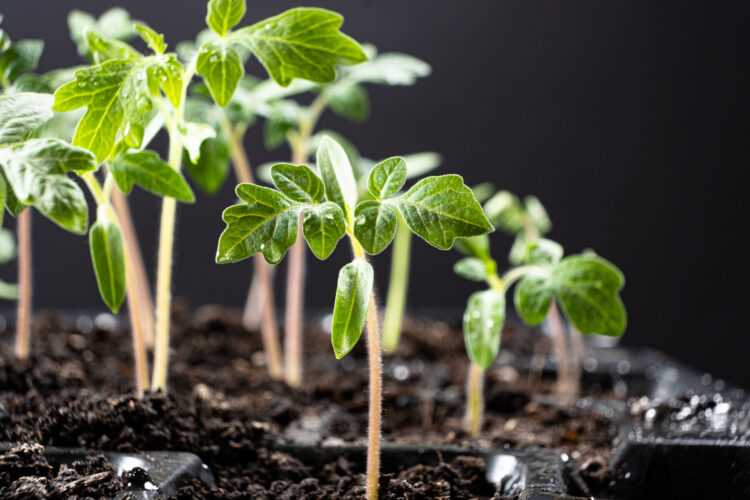
Take into account the amount of sunlight your garden receives when deciding where to plant your seeds. Most plants need at least six hours of direct sunlight each day to grow optimally. Observe your garden throughout the day and identify areas that receive the most sunlight. Plan your seed planting accordingly, making sure your plants will have adequate access to sunlight for their growth and development.
By following these steps to prepare your garden for seed planting, you can create the ideal conditions for the success of your plants. Remember to regularly monitor and care for your seeds as they sprout and grow into beautiful, thriving plants in your garden.
When to Plant Azarina Seeds
Planting azarina seeds at the right time is crucial for their growth and development. Understanding the appropriate planting season will ensure that your seeds have the best chance of thriving in your garden.
1. Consider the Climate
Azarina seeds should be planted during the appropriate season for your specific climate. Different regions have different optimal planting times, so it’s important to take this into consideration. Check the USDA hardiness zone for your area to determine the best time to sow your azarina seeds.
2. Spring Planting
In general, spring is the best time to plant azarina seeds in most climates. This is when the soil begins to warm up and the risk of frost has passed. Planting in spring gives the seeds a longer growing season to establish themselves and develop strong root systems before colder weather arrives.
3. Starting Indoors
If you live in a region with a shorter growing season or if you want to get a head start on your azarina plants, you can start the seeds indoors. This should be done 6-8 weeks before the last expected frost date for your area. Use seed trays or pots filled with a well-draining seed starting mix and keep them in a warm, sunny spot until it’s time to transplant them outdoors.
4. Transplanting Outdoors
Once the risk of frost has passed and the seedlings have grown to a suitable size, they can be transplanted outdoors. This is typically around the same time as the last expected frost date for your area. Choose a sunny location in your garden with well-draining soil. Space the seedlings according to the recommendations on the seed packet or plant them about 12-18 inches apart.
5. Fall Planting
In some climates with mild winters, it may be possible to plant azarina seeds in the fall. This allows them to establish a strong root system over the winter months and they will start to bloom earlier in the following spring. However, make sure to check if your climate is suitable for fall planting and if the seeds will have enough time to germinate and grow before the arrival of frost.
6. Proper Care
Regardless of when you plant azarina seeds, it’s important to provide them with proper care throughout their growth. This includes regular watering, adequate sunlight, and protection from pests and diseases. Follow the instructions on the seed packet for specific care requirements and monitor the plants closely for any signs of stress or damage.
Conclusion
By planting azarina seeds at the right time, you can ensure that they have the best chance of thriving in your garden. Consider your climate, start indoors if needed, transplant outdoors at the appropriate time, and provide proper care to encourage healthy growth. With these tips in mind, you’ll be well on your way to successfully growing azarina from seeds.
Seed Planting Techniques for Optimal Growth
Planting seeds in your garden is an exciting and rewarding experience. To ensure optimal growth and success, it is important to follow proper seed planting techniques. Here are some expert tips to help you get started:
1. Prepare the soil
Before planting your seeds, it is essential to prepare the soil. Make sure the soil is loose, well-draining, and free from any debris or rocks that may hinder seed germination. You can amend the soil with compost or organic matter to improve its fertility and structure.
2. Moisture
Seeds need consistent moisture to germinate and grow. Before planting, water the soil thoroughly and make sure it is evenly moist. Avoid overwatering, as it can lead to waterlogged soil and rotting seeds. Monitor the soil moisture regularly and water as needed.
3. Planting depth
Each type of seed has specific planting depth requirements. As a general rule, plant seeds at a depth that is two to three times their diameter. Small seeds should be planted close to the surface, while larger seeds can be planted deeper. Refer to the seed packet or the planting instructions for specific guidelines.
4. Spacing
Proper spacing is crucial for healthy growth and development of plants. It allows them to receive adequate sunlight, air circulation, and nutrients. Refer to the seed packet or planting instructions for recommended spacing between plants. Make sure to follow the recommendations to avoid overcrowding and competition for resources.
5. Covering the seeds
After planting the seeds at the appropriate depth, cover them with soil or a thin layer of vermiculite. This helps maintain moisture and provides insulation for the germinating seeds.
6. Labeling
It is important to label your seedlings and keep track of the different varieties you have planted. Use plant tags or popsicle sticks to mark the rows or containers. This will help you identify the plants as they grow and ensure proper care and maintenance.
7. Protecting and nurturing
Once you have planted your seeds, create a protective environment for them. This can be done by covering the area with a thin layer of mulch or using row covers to shield the young plants from extreme weather conditions, pests, and weeds.
8. Regular maintenance
Keep a close eye on your seedlings and provide regular care and maintenance. This includes watering as needed, removing weeds, fertilizing when necessary, and protecting from pests and diseases. Regular monitoring and intervention can ensure healthy growth and successful plant establishment.
By following these seed planting techniques, you can maximize the chances of success and enjoy a bountiful harvest in your garden. Happy planting!
Providing the Ideal Growing Conditions for Azarina
Azarina is a beautiful flowering plant that can brighten up any garden. To ensure optimal growth and health, it’s important to provide the ideal growing conditions. Here are some expert tips and techniques to help you create the perfect environment for your Azarina plants:
1. Sunlight
Azarina thrives in full sunlight, so it’s important to choose a location in your garden where it will receive at least 6 to 8 hours of direct sunlight each day. This will help promote healthy growth and stimulate flowering.
2. Soil
Azarina prefers well-drained soil that is rich in organic matter. Before planting, make sure to amend the soil with compost or well-rotted manure to improve its fertility and drainage. A pH level of around 6 to 7 is ideal for Azarina plants.
3. Watering
While Azarina is a drought-tolerant plant, it still requires regular watering, especially during dry periods. Water deeply, allowing the soil to dry slightly between watering sessions. Avoid overwatering, as this can lead to root rot and other fungal diseases.
4. Fertilizer
Azarina plants benefit from regular fertilization to encourage healthy growth and abundant flowering. Use a balanced, slow-release fertilizer or a water-soluble fertilizer every 4 to 6 weeks during the growing season. Follow the instructions on the fertilizer packaging for proper application amounts.
5. Mulching
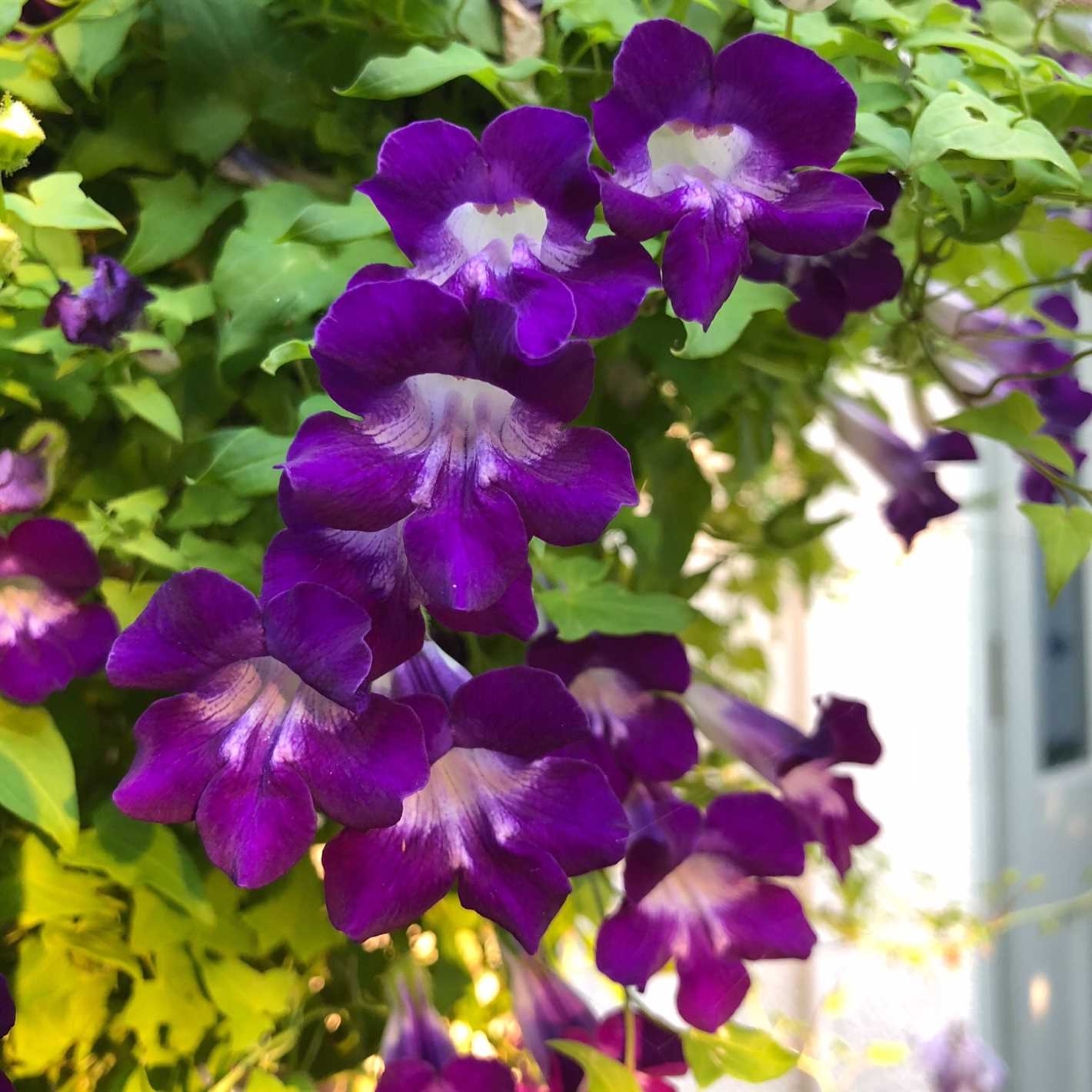
Applying a layer of organic mulch, such as shredded leaves or bark chips, around the base of your Azarina plants can help conserve moisture, suppress weed growth, and improve overall soil health. Just make sure to keep the mulch a few inches away from the plant stems to prevent rot.
6. Pruning
Regular pruning can help maintain the shape and size of your Azarina plants, as well as encourage more branching and flowering. Prune any dead, damaged, or overgrown branches, and remove any spent flowers to promote new growth.
7. Pest and Disease Control
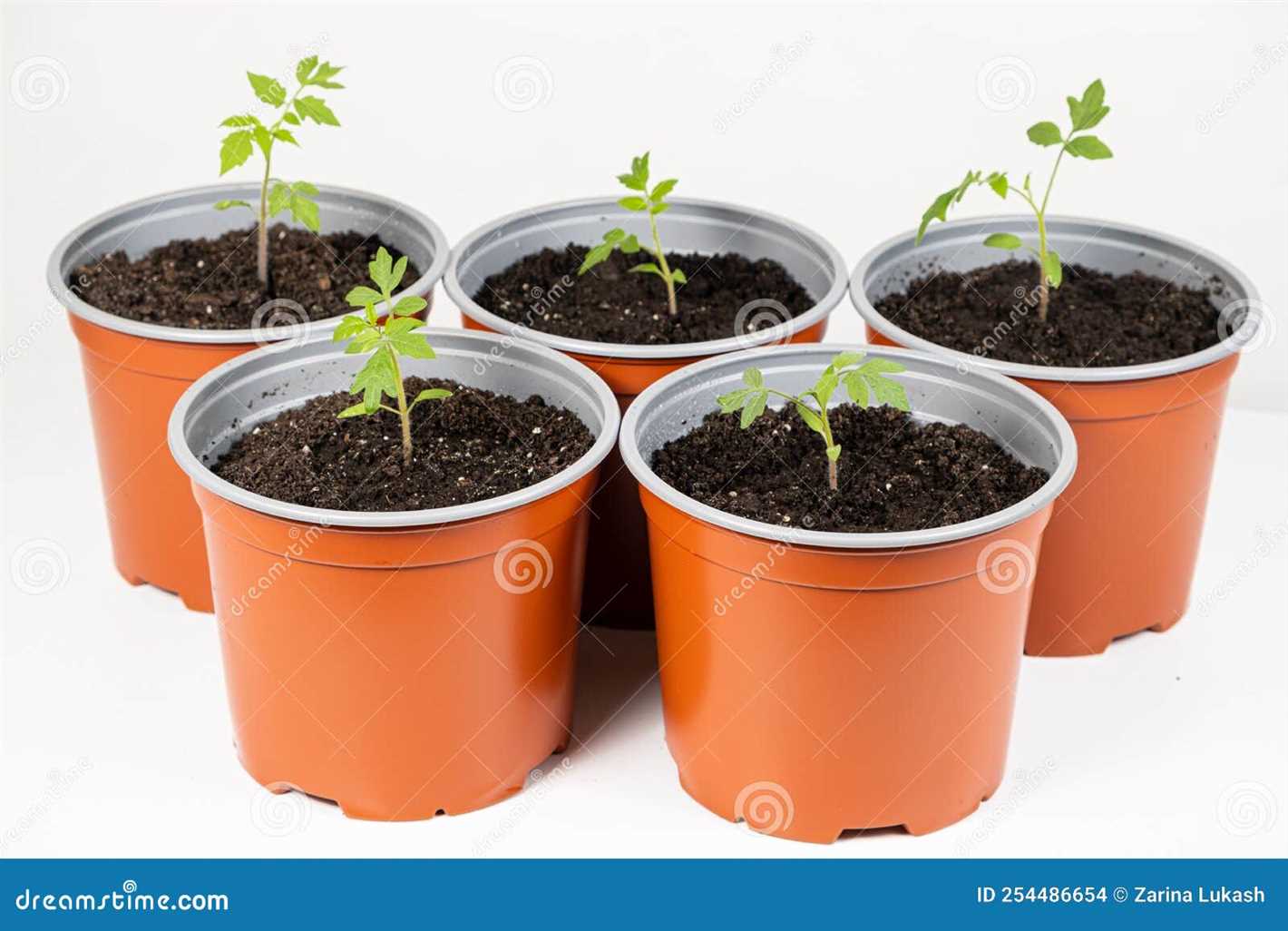
Monitor your Azarina plants regularly for signs of pests or diseases, such as aphids or powdery mildew. If necessary, use organic pest control methods or consult a garden center for suitable treatments.
By providing the ideal growing conditions for your Azarina plants, you can enjoy vibrant blooms and a healthy garden for years to come. Remember to observe your plants closely and adjust their care accordingly to ensure their optimal growth and beauty.
Caring for Azarina Seedlings
Proper care is essential to ensure the healthy growth of Azarina seedlings. Here are some expert tips and techniques to help you care for your Azarina seedlings:
1. Watering
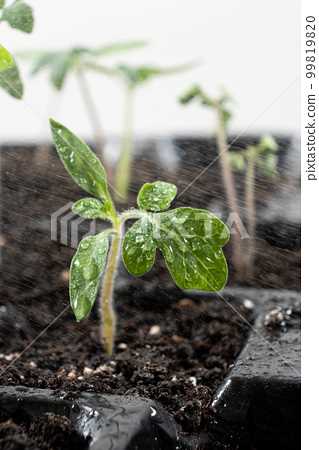
Make sure to water your Azarina seedlings regularly, keeping the soil moist but not waterlogged. Avoid overwatering, as it can cause root rot. Water the seedlings near the base to prevent water from getting on the leaves, as this can lead to fungal diseases.
2. Providing Adequate Light
Azarina seedlings require plenty of bright light to grow properly. Place them in a location with at least 6-8 hours of direct sunlight per day. If you are growing them indoors, consider using fluorescent grow lights or placing them near a sunny window.
3. Temperature and Humidity
Azarina seedlings thrive in moderate temperatures between 65-75°F (18-24°C). Avoid exposing them to extreme temperatures or drafts, as it can stress the young plants. Maintain a humidity level of around 50-60% to prevent drying out.
4. Fertilizing
When the Azarina seedlings have established their first set of true leaves, you can begin fertilizing them. Use a balanced liquid fertilizer diluted to half strength and apply it every two weeks. This will provide the necessary nutrients for healthy growth.
5. Transplanting
Once the Azarina seedlings have grown a bit and the risk of frost has passed, they can be transplanted into their permanent garden location. Be gentle when transplanting to avoid damaging the fragile roots. Make sure to acclimate the seedlings to outdoor conditions by gradually exposing them to sunlight and outdoor temperatures.
6. Mulching
After transplanting, mulching the soil around the Azarina seedlings can help conserve moisture, suppress weed growth, and regulate soil temperature. Use organic mulch, such as straw or wood chips, and spread it evenly around the plants, leaving space around the stems to prevent rotting.
7. Pest and Disease Control
Monitor your Azarina seedlings regularly for signs of pests or diseases. Common pests that can affect them include aphids, spider mites, and snails. If you notice any infestation, treat it immediately using organic pest control methods or consult with a gardening expert for guidance.
8. Support and Pruning
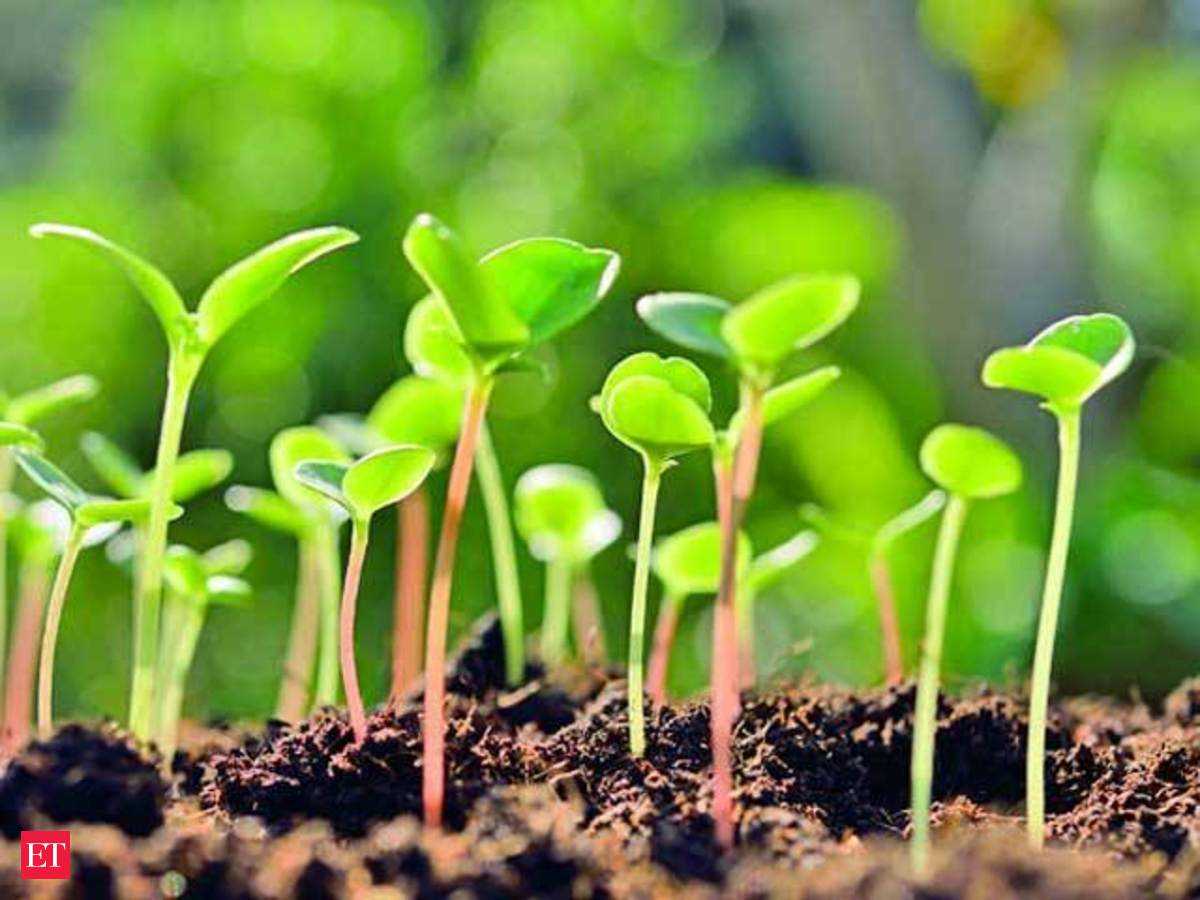
As your Azarina plants grow taller, they may need support to prevent them from toppling over. Consider using stakes or trellises to provide support. Additionally, regular pruning can help promote bushier growth and prevent overcrowding.
By following these care tips, you can ensure the successful growth of your Azarina seedlings and enjoy beautiful flowers in your garden.
Common Challenges and How to Overcome Them
Poor Germination Rate
One common challenge when growing plants from seeds is a poor germination rate. If you find that your seeds are not sprouting as expected, there are a few things you can try to improve the germination rate:
- Ensure that you are using fresh seeds. Old or expired seeds may not germinate well.
- Provide the seeds with the right conditions, such as proper temperature, moisture, and sunlight. Different plants have different requirements, so it’s essential to research the specific needs of the seeds you are planting.
- Consider using a seed starting mix or a germination tray to create the ideal environment for the seeds to grow.
- Try pre-soaking the seeds before planting to help soften the seed coat and promote better germination.
Pests and Diseases
Pests and diseases can pose a significant challenge to successful seedling growth. Here are some strategies to overcome these challenges:
- Regularly inspect your seedlings for signs of pests or diseases. Look out for wilting, discoloration, holes in the leaves, or the presence of insects.
- If you notice any issues, promptly identify the problem and take appropriate action. This may include using organic pest control methods or applying fungicides if necessary.
- Practice good garden hygiene by keeping your garden clean and free from debris. Remove any dead or infected plants to prevent the spread of diseases.
- Consider companion planting, where certain plants are grown together to deter pests or attract beneficial insects that can help control pests.
Competition from Weeds
Weeds can compete with your seedlings for nutrients, water, and sunlight, hindering their growth. Here’s how you can tackle this challenge:
- Regularly weed your garden to remove any unwanted plants. Be careful when pulling out weeds not to disturb the roots of your seedlings.
- Add a layer of organic mulch around your seedlings. This will help suppress weed growth and conserve soil moisture.
- Consider using a pre-emergent herbicide before planting your seeds to prevent weed seeds from germinating.
- Practice proper spacing between your seedlings. This will allow them to have enough room to grow and reduce competition from weeds.
Inconsistent Watering
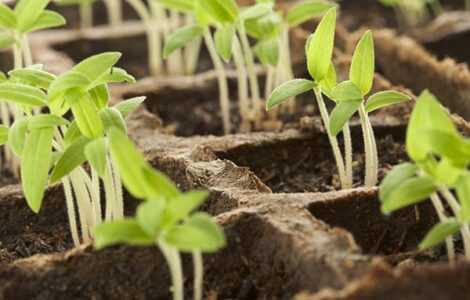
Inconsistent watering can lead to stunted growth or even the death of your seedlings. Here are some tips to ensure your seedlings receive adequate and consistent moisture:
- Water your seedlings regularly, especially during dry periods. Use a watering can or a gentle spray nozzle to avoid disturbing the delicate roots.
- Avoid overwatering, as this can lead to root rot or other water-related issues. Allow the soil to dry slightly between watering sessions.
- Consider using a drip irrigation system or a soaker hose to provide a controlled and consistent water supply to your seedlings.
- Provide proper drainage for your containers or garden beds to prevent waterlogging. This can be achieved by adding drainage holes or using well-draining soil.
Insufficient Sunlight
Proper sunlight is essential for the healthy growth of seedlings. If your plants are not receiving enough sunlight, you can take the following steps:
- Choose the right location for your garden or containers. Look for areas that receive at least 6-8 hours of direct sunlight per day.
- If you have limited sunlight in your garden, consider using reflective surfaces or mirrors to redirect and increase the amount of sunlight reaching your seedlings.
- Use grow lights or fluorescent lights to supplement natural sunlight. Position the lights close to the seedlings and adjust their height as the plants grow.
- Rotate your containers or plants regularly to ensure all sides receive equal sunlight exposure.
By being aware of these common challenges and using the appropriate techniques to overcome them, you can increase your chances of successful seedling growth and enjoy a bountiful garden.
Harvesting Azarina Seeds for Future Planting
Harvesting the seeds from your Azarina plants is an essential step in ensuring a successful future planting. Here are some expert tips and techniques to help you harvest and store Azarina seeds properly.
When to Harvest
It is important to wait until the flowers of the Azarina plant have dried up and the seed pods have formed. The seed pods will turn brown and become dry, indicating that the seeds are mature and ready for harvesting.
Tools Needed
To harvest Azarina seeds, you will need a few basic tools:
- Gloves to protect your hands
- Small scissors or pruning shears
- Containers or envelopes for seed storage
Harvesting Technique

When the seed pods are dry and ready, use the small scissors or pruning shears to carefully cut the pods from the plant. Place the seed pods in a container or envelope to avoid losing any seeds.
It is important to handle the seed pods gently to prevent them from bursting open and scattering the seeds.
Seed Cleaning
Once you have harvested the seed pods, it is time to clean the seeds. Remove the seeds from the pods carefully and discard any debris or plant material that may be attached to them.
You can separate the seeds from the debris by gently rubbing them between your fingers or using a sieve with small holes.
Seed Storage
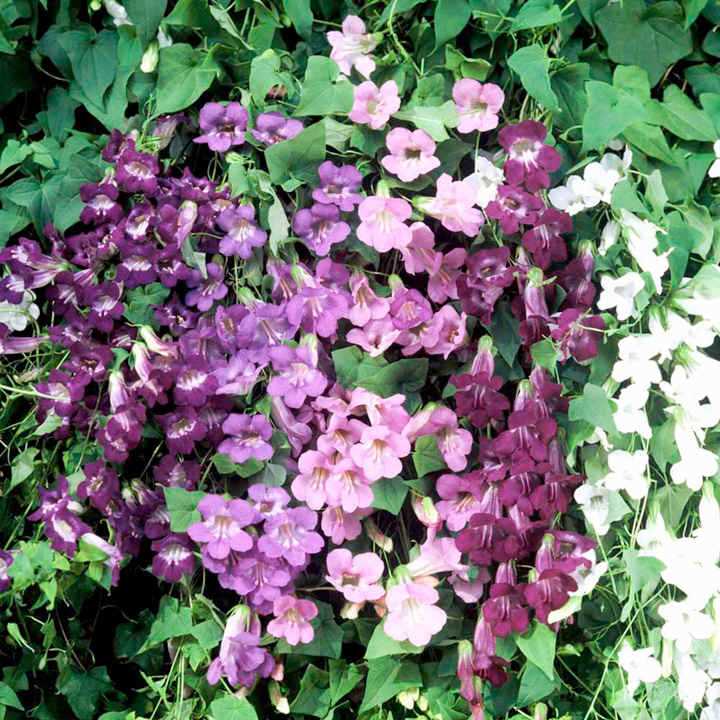
To store the Azarina seeds properly, it is important to keep them in a cool, dark, and dry place. Place the cleaned seeds in a container or envelope and label it with the date and variety of Azarina.
Store the seeds in a sealed container or envelope to prevent moisture and pests from damaging them. It is advisable to keep the seeds in the refrigerator or a cool basement.
Seed Viability
Azarina seeds can remain viable for several years if stored properly. However, it is recommended to use the seeds within 1-2 years to ensure the highest germination rate.
In Conclusion
Harvesting and properly storing Azarina seeds is an essential step in maintaining and expanding your garden. By following these expert tips and techniques, you can ensure the longevity and success of your Azarina plants for years to come.
Questions and Answers:
What are some expert tips for growing plants from seeds in my garden?
Some expert tips for growing plants from seeds in your garden include starting seeds indoors, providing the right amount of light and heat, using good quality soil, and watering the seeds properly.
How should I start seeds indoors?
To start seeds indoors, you can use seed trays or pots filled with seed starting mix. Make sure to moisten the soil before planting the seeds and follow the instructions on seed packets for proper planting depth.
What is the ideal light and heat conditions for growing seeds?
The ideal light conditions for growing seeds include providing them with 12-16 hours of direct sunlight a day or using artificial grow lights. In terms of heat, most seeds germinate best at temperatures between 60-75°F (15-24°C).
How important is using good quality soil for growing seeds?
Using good quality soil is very important for growing seeds as it provides the necessary nutrients and drainage for healthy seed growth. It is recommended to use a seed starting mix or a potting soil that is specifically formulated for seedlings.
How often should I water the seeds?
You should water the seeds regularly, keeping the soil moist but not waterlogged. The frequency of watering will depend on the type of seeds and the moisture requirements mentioned on the seed packets. It is always better to underwater than to overwater the seeds.
When can I transplant the seedlings into my garden?
You can transplant the seedlings into your garden once they have developed a few sets of true leaves and the weather conditions are favorable. Harden off the seedlings by gradually exposing them to outdoor conditions before transplanting them.
What are some common mistakes to avoid when growing plants from seeds?
Some common mistakes to avoid when growing plants from seeds include sowing seeds too deeply, overcrowding the seedlings, not providing enough light or heat, overwatering or underwatering the seeds, and not hardening off the seedlings before transplanting them.







